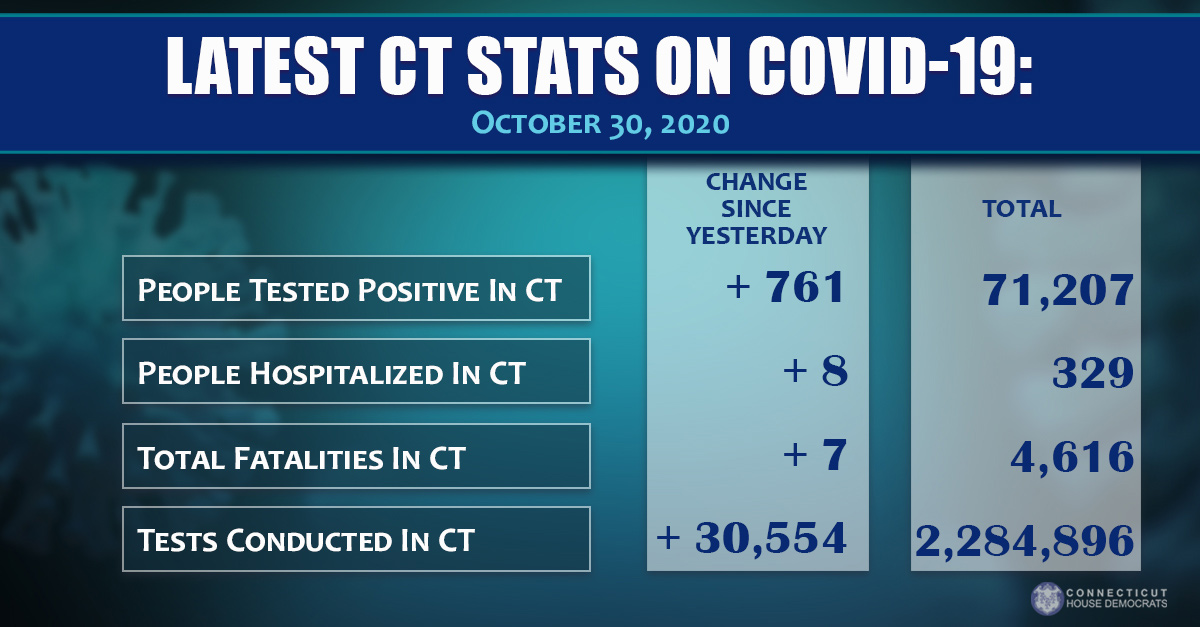|
Weekly update to the regional travel advisory: California, Massachusetts, and Pennsylvania added to list; Rhode Island and New Jersey meet metrics but will not be included
The regional travel advisory between Connecticut, New Jersey, and New York that directs incoming travelers from states with a significant community spread of COVID-19 to self-quarantine for a 14-day period was updated this week.
California, Massachusetts, and Pennsylvania have been added to the list of impacted locations that meet the metrics to qualify.
New Jersey and Rhode Island meet the criteria for the travel advisory, however given the interconnected nature of the region and mode of transport between the states, they are not being included on the list of states required for a mandatory quarantine. That said, Governor Lamont highly discourages, to the extent practical, all nonessential travel to limit the spread of COVID-19.
No other areas were removed from the list this week.
The requirement to quarantine applies to any person traveling into Connecticut from a state with a positive case rate higher than 10 per 100,000 residents, or higher than a 10 percent test positivity rate over a 7-day rolling average. It also applies to any person arriving into Connecticut from a country for which the U.S. Centers for Disease Control and Prevention has issued a Level 3 Travel Health Notice.
Anyone arriving to Connecticut from any of the impacted locations is required to fill out a travel health form upon their arrival. The form can be filled out online.
The list of impacted locations is updated once per week every Tuesday. The full list of impacted locations under the travel advisory includes:
- Alabama
- Alaska
- Arizona
- Arkansas
- California
- Colorado
- Delaware
- Florida
- Georgia
- Guam
- Idaho
- Illinois
- Indiana
- Iowa
- Kansas
- Kentucky
- Louisiana
- Maryland
- Massachusetts
- Michigan
- Minnesota
- Mississippi
- Missouri
- Montana
- Nebraska
- Nevada
- New Mexico
- North Carolina
- North Dakota
- Ohio
- Oklahoma
- Pennsylvania
- Puerto Rico
- South Carolina
- South Dakota
- Tennessee
- Texas
- Utah
- Virginia
- West Virginia
- Wisconsin
- Wyoming
|

